Born in Ho Chi Minh city and presently residing in New York City where An Le studio is based, An is known for his highly successful career with top-notch fashion brands and magazines, striking a delicate balance between art and commerce. His portfolio is rich and varied: from early editorial work of haunting tableaux reminiscent of classical paintings to high-end campaigns for fashion houses featuring world-class celebrities. I was lucky to meet him, so humble in person, at a cafe in Park Slope, Brooklyn, and get to know his long journey in the US. Moving here alone at age 15 with lofty dreams, the celebrated photographer and director elaborates on why he thinks “follow your fear” might be a better mantra than “follow your dream”.

Can you share with us your journey, from your senior year as a photo student at the Savannah College of Art and Design to where you are now?
Before graduating from college, I applied to Vogue’s New Exposure Photography contest, sponsored by RED Cameras and Bottega Veneta for emerging fashion photographers. Having just come back to Vietnam after seven years and still jet-lagged, I received an email announcing that I got to the final round and would need to shoot one more project using a RED camera. Leaving at age 15 and coming back at 22, I didn’t know anyone in the industry, or even what a softbox is called in Vietnamese. Luckily, the creative director Ha Do from Dep magazine eventually helped me put together the shoot; I also found a company two hours away from HCMC that agreed to lend me the RED Camera for a much lower price. My project won the contest along with a $40,000 RED Camera – that’s officially the start of my career.
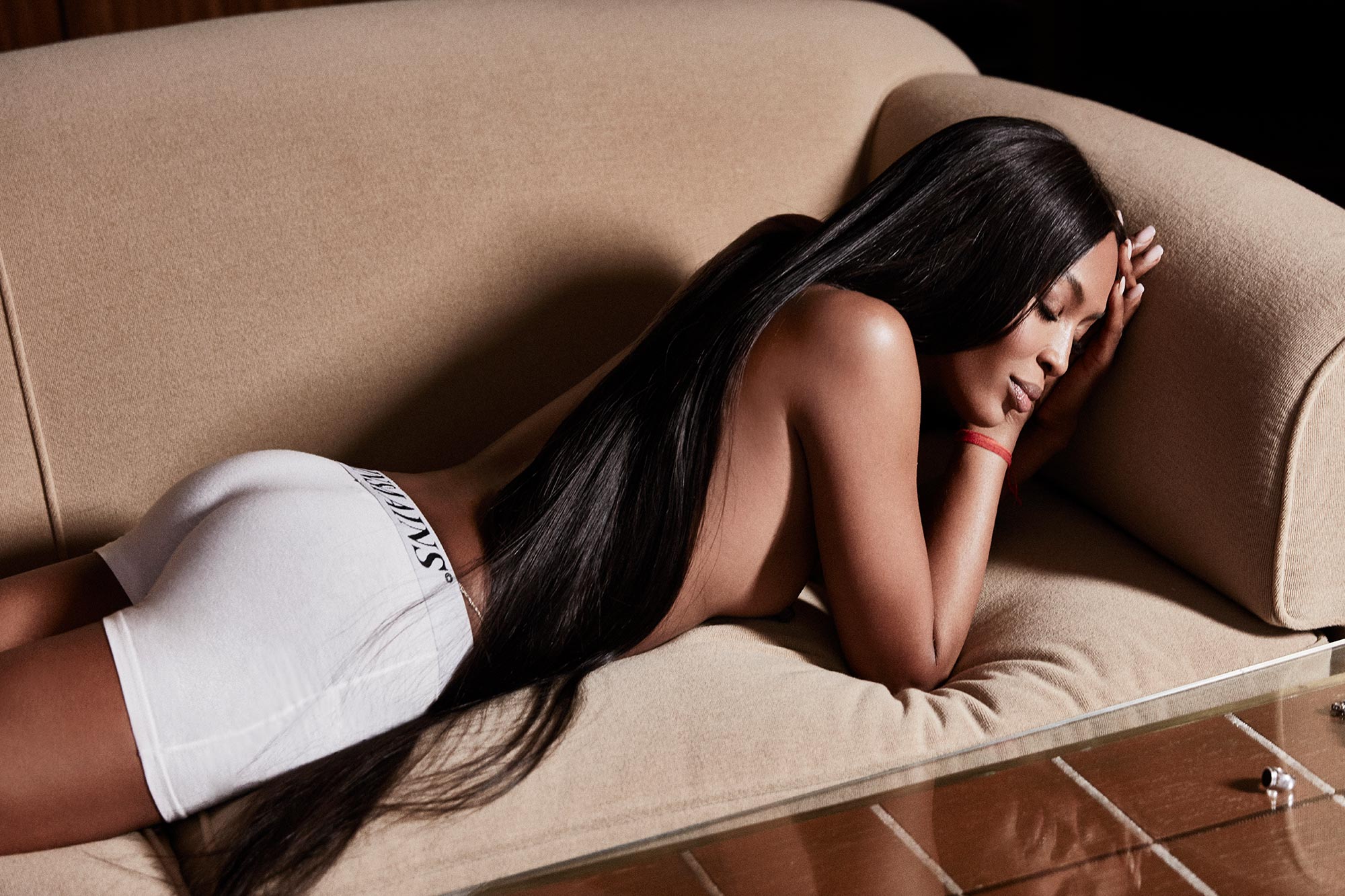
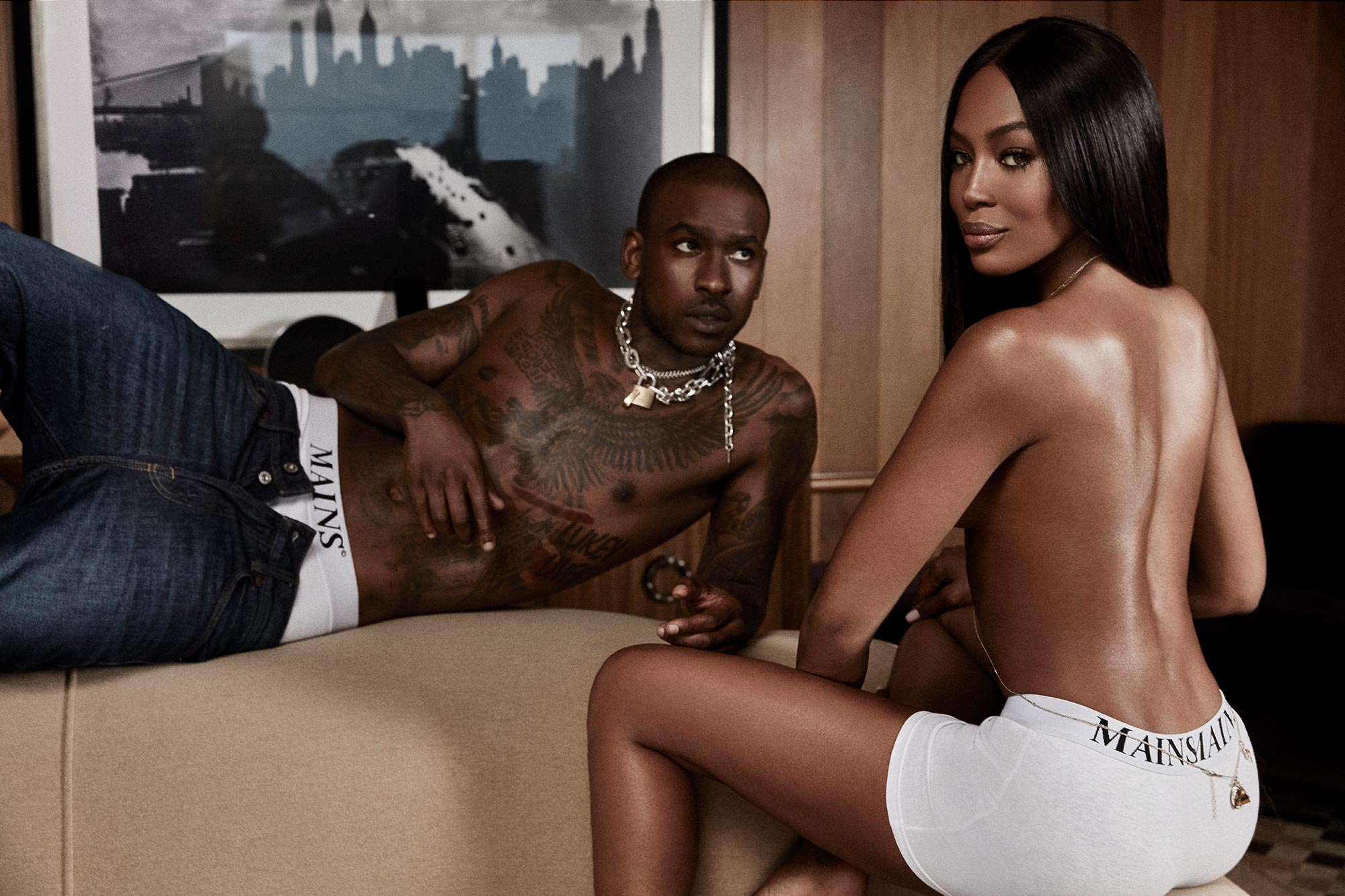
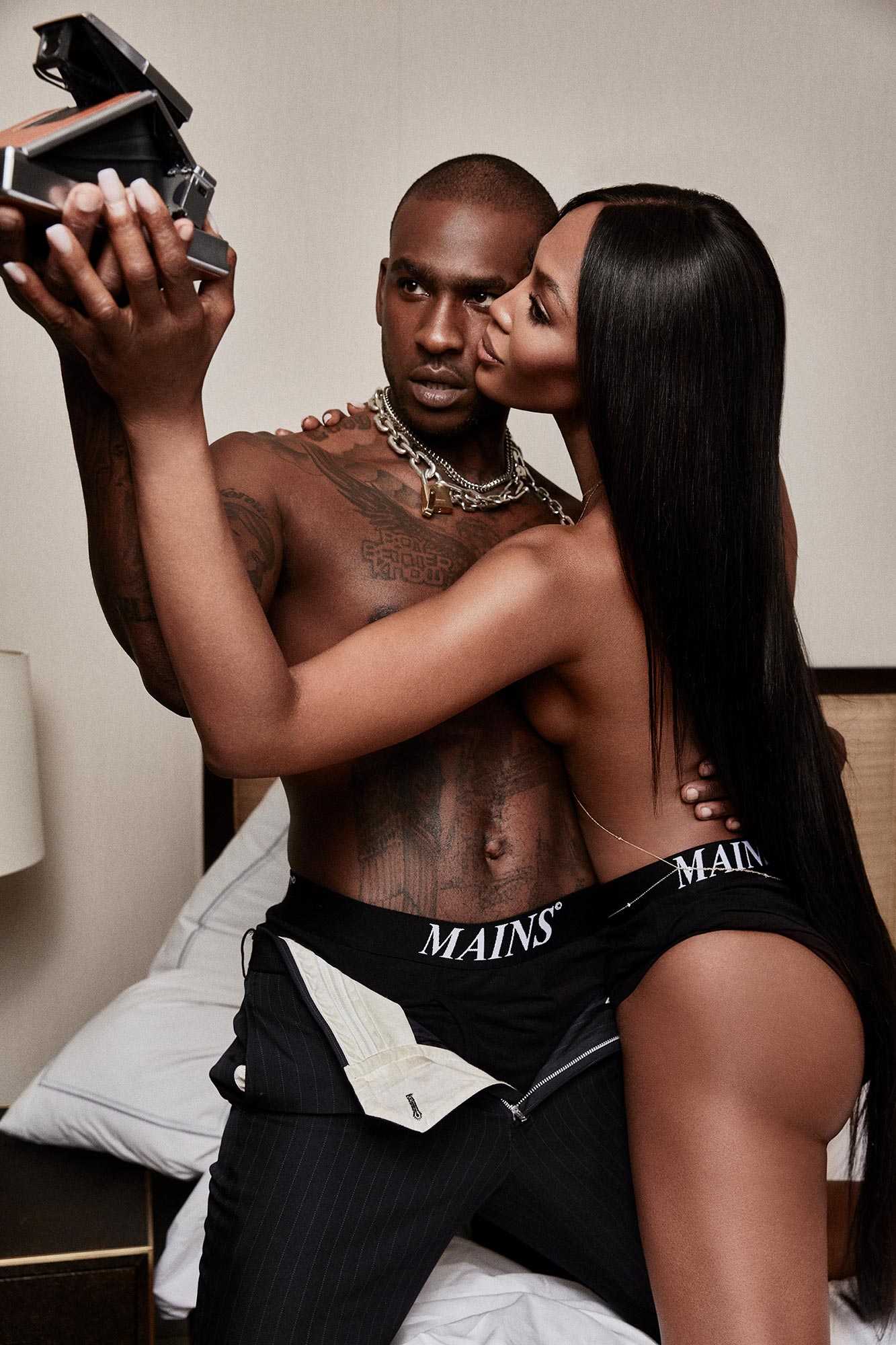
That was followed by six months of staying on my friend’s couch in New York, where I invested all my time and money in portfolio building and networking from scratch. Looking back, throughout my life I’ve never played it safe, but instead went for the risky options like arriving in New York not knowing anyone or selling that hard-won RED camera to pay for portfolio shoots. I first went on Linkedin to find people’s contact, working through different possible configurations of their emails until I found the right ones to send my portfolio to. It’s just one thing after another but that’s how it happened. Life doesn’t have guarantees, you just have to keep on doing what you believe in until maybe someday you will hit the jackpot.
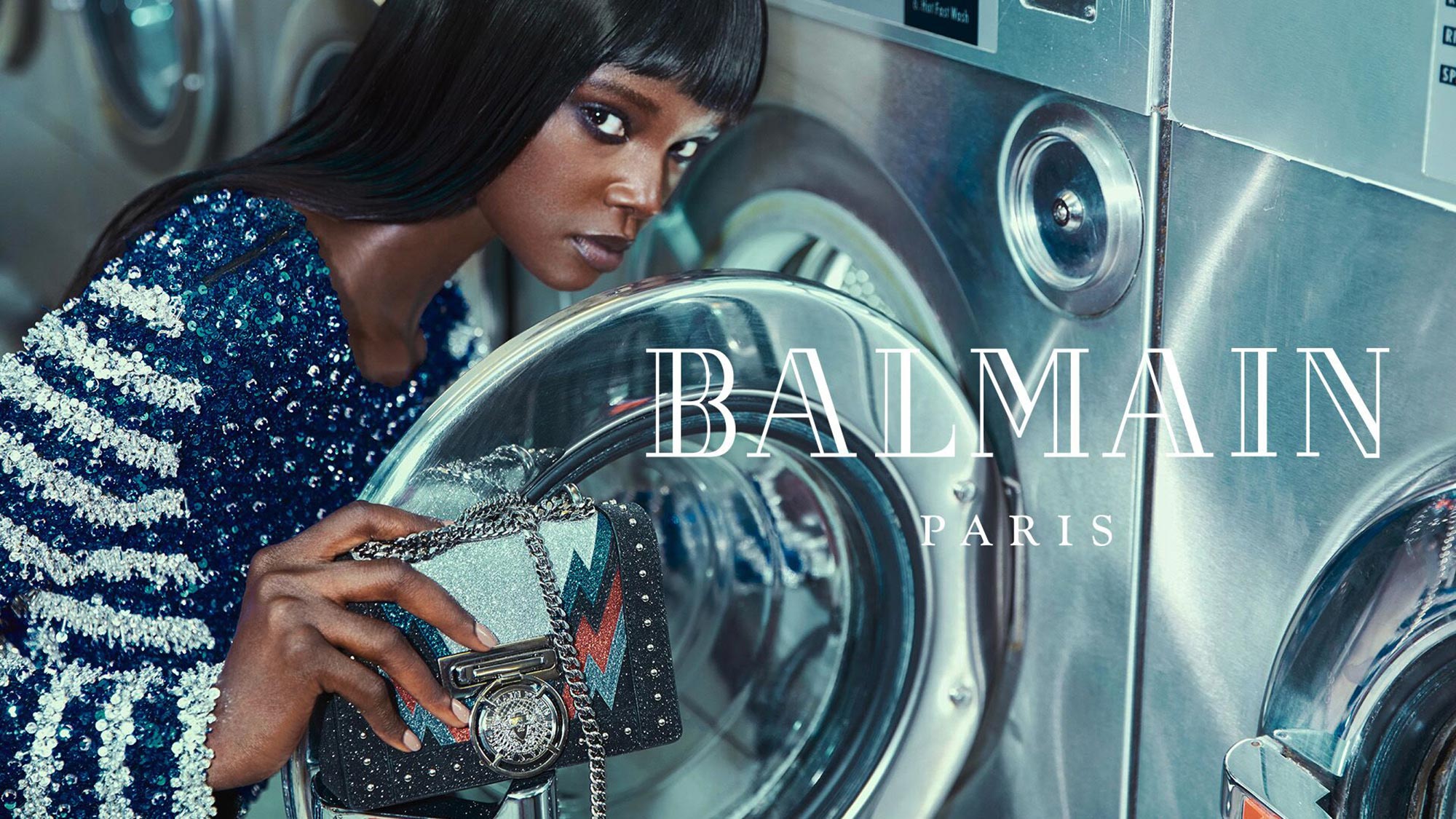
Nowadays many artists are pressured to be well-versed in many arenas. Your work also is very multimedia, bridging photography with painting, video, and recently VFX. What do you think of this?
Take Leonardo da Vinci for example, who is not just a painter, but also a mathematician, physician, philosopher, and writer. I believe that’s what it means to be an artist. I actually wanted to become an English professor when in high school; photography is something I only fell in love with later. I also have a little background in painting in which you have to do lots of preparation before arriving at the final work. With photography, sometimes things happen too fast and not only after the picture was already taken would you realize something unwanted is in the frame.
I always love to learn new things. As we live, we meet new people and experience new things, our vision and creative expression should change too. When I first moved to New York City, many photo agencies told me to stick to one thing so I can be known for – which is not the case as I’m so curious about all different media and about life in general. I like telling different stories in my work, from the recent VFX story where everything is constructed to another story where nothing is retouched.
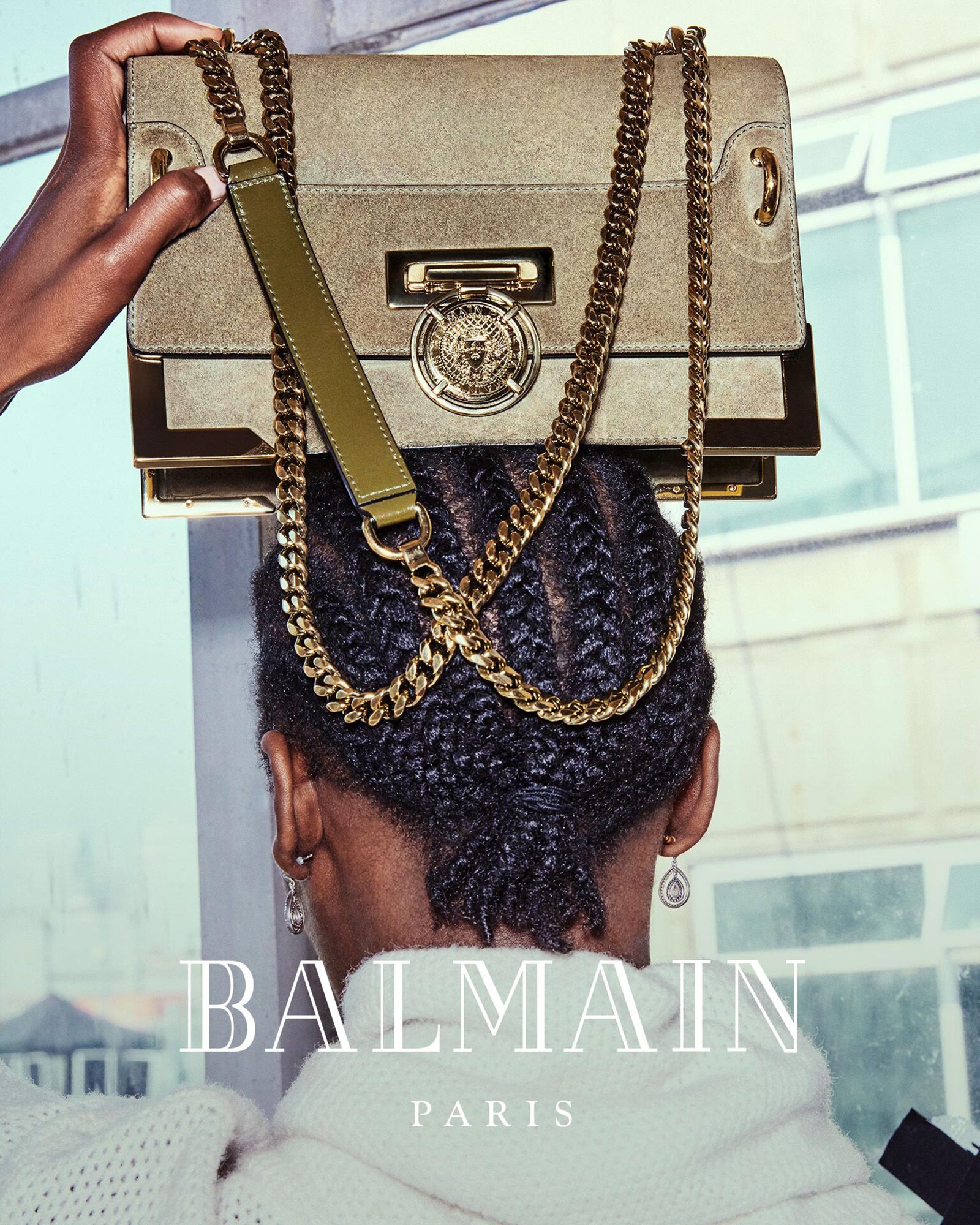
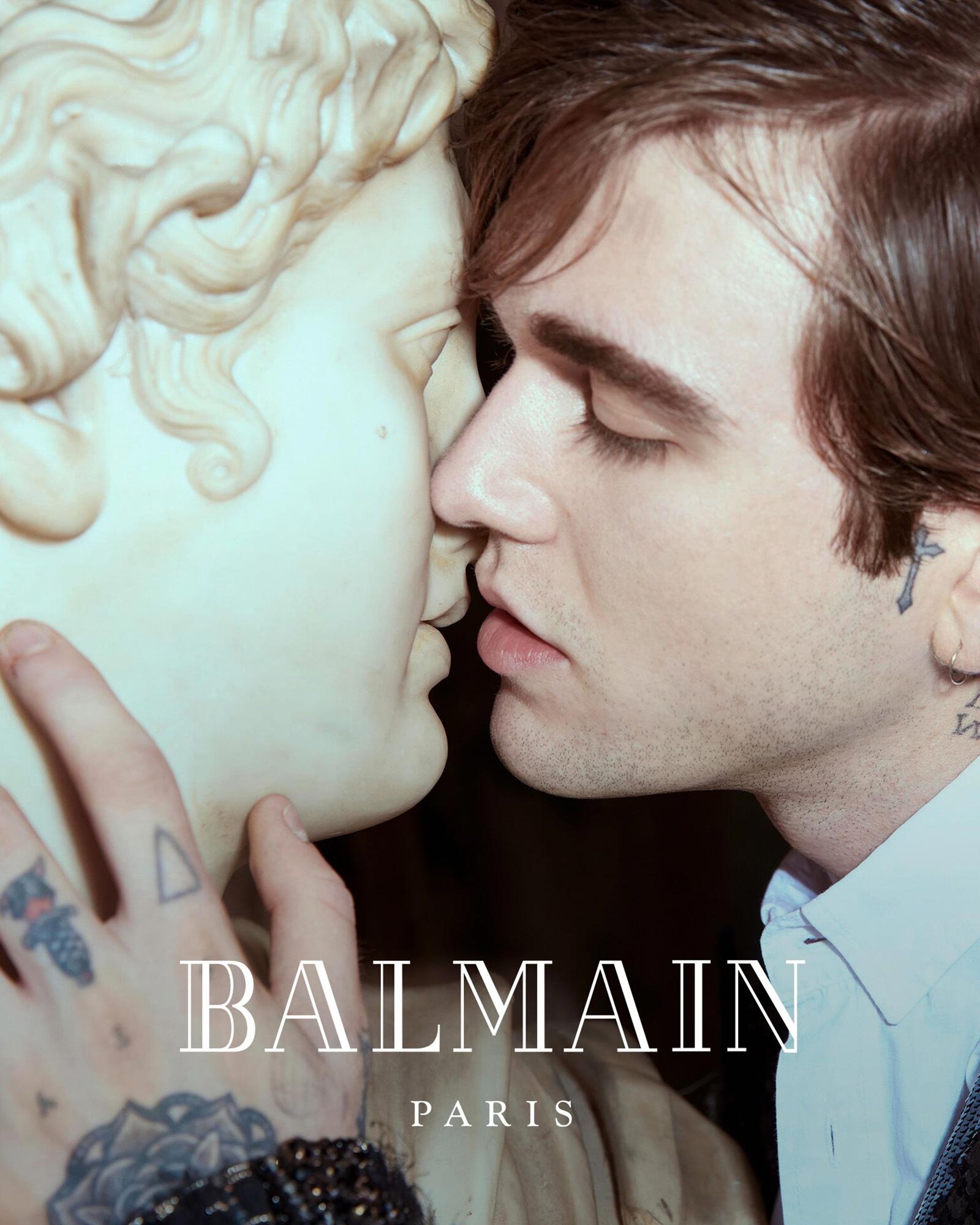
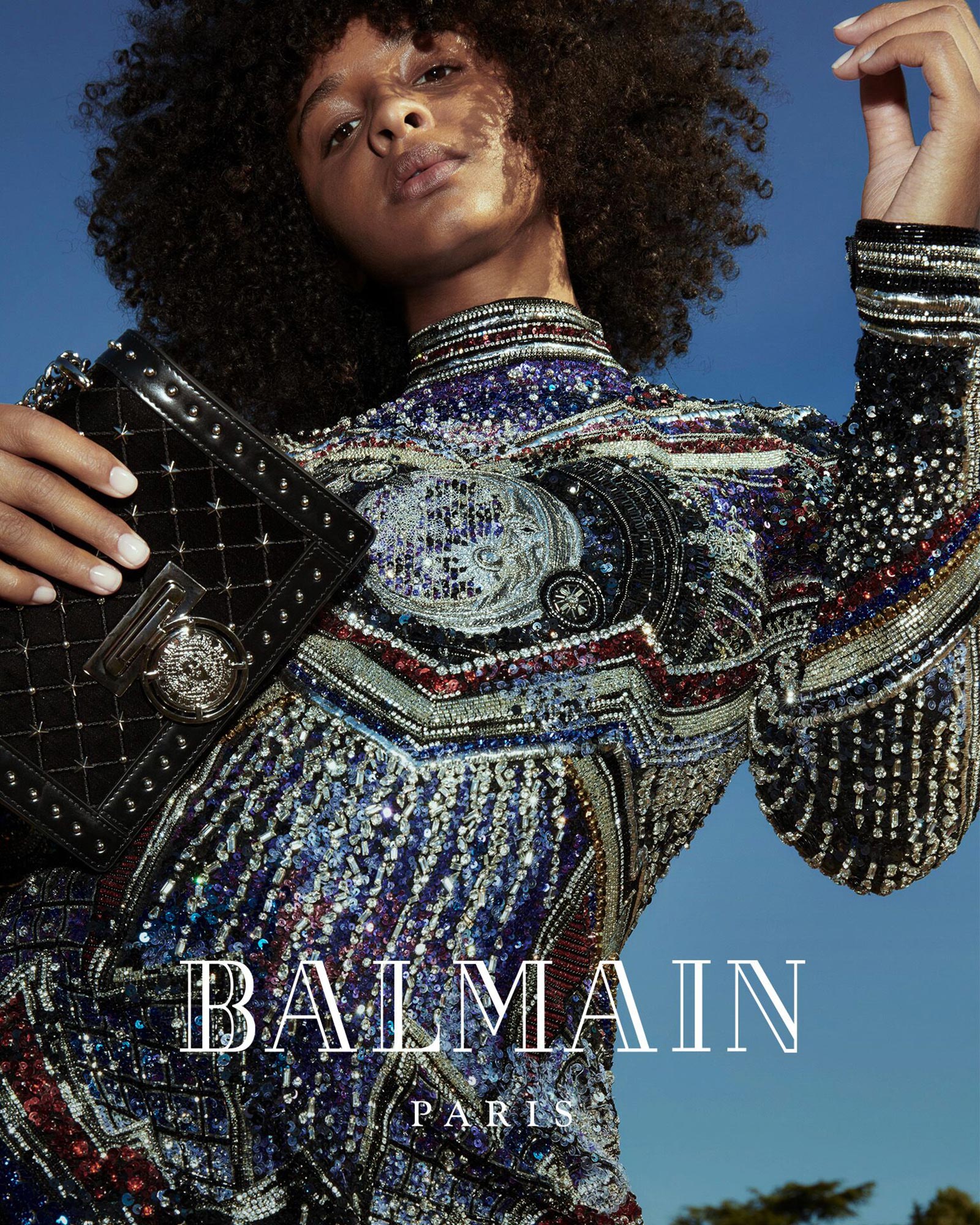
What does a year of work look like to you as a full-time photographer/director? How many percent of it is actual shooting and how many percent for marketing/administrative work?
60 days out of my year are for the actual shooting, the rest is really about going to meetings, making mood-boards, pitching with clients, and doing accounting. It’s important to keep a tight watch on your finances. The first two years of my career, if I make 10,000, I would spend them all on my editorial because for me, it’s go big or go home. Now, I need to be more conscious. If you are not there yet to find someone to help with your weakness, you should drive down your cost and see how much you are making or willing to spend on an editorial shoot. Editorial gigs don’t pay great but you need that to show your commercial clients, you can’t neglect that side either.
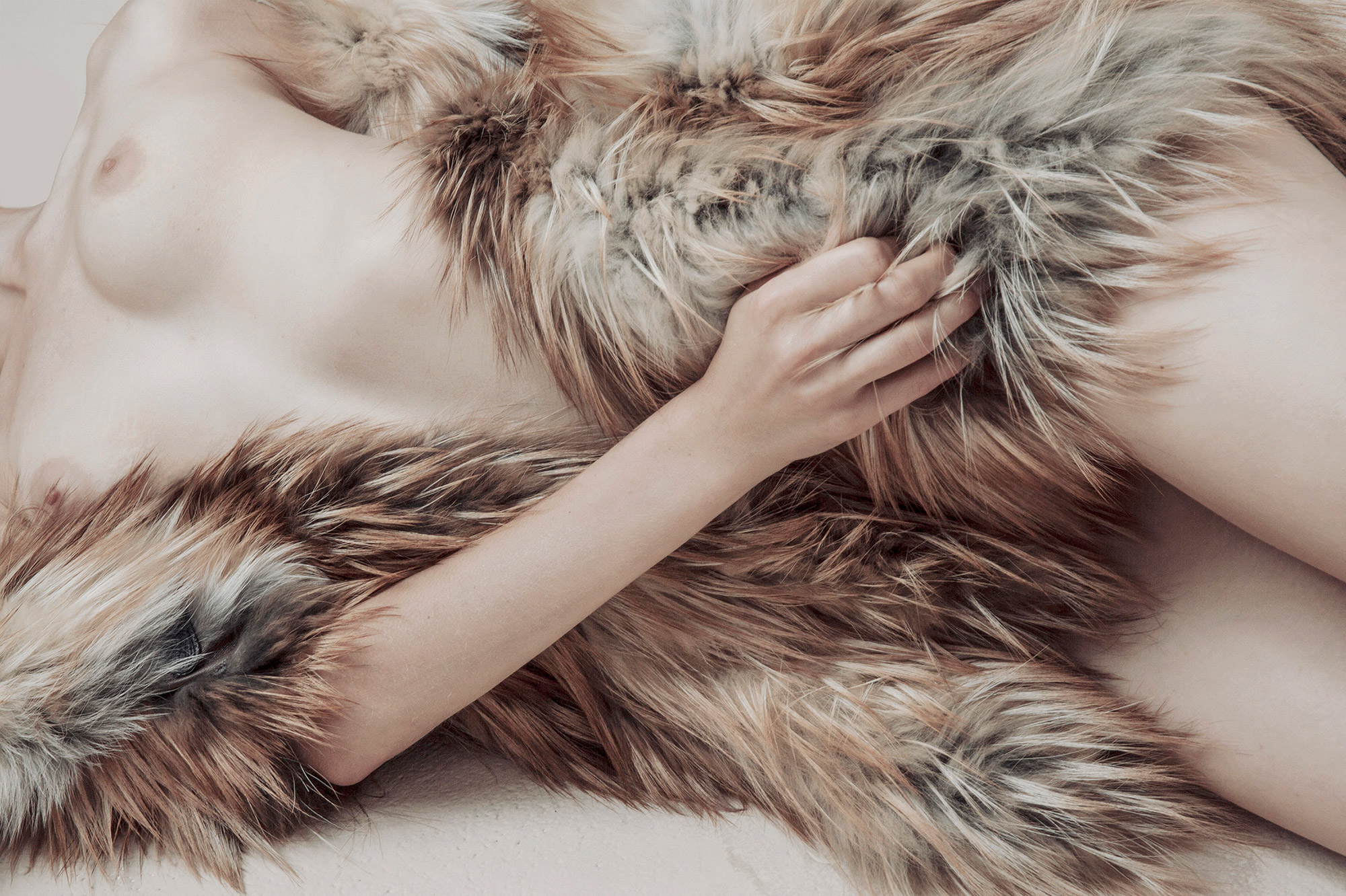
Blessed with the Internet, our generation is visually privileged and searching for references for a shoot has never been easier. What does your inspiration gathering process look like?
Back in college, I studied black and white negative processing in the darkroom, often in solitude. As a commercial photographer though, I usually have to work with a large group of people to communicate a visual concept; it’s much different from fine art projects which are mostly one-man shows. For me, it’s important to not skip the step because, at the end of the day, black and white photography has given me lessons on lighting and composition. There is so much beauty in a still picture, versus a captivating short video on Instagram that you will watch a few times, maybe take a screenshot, and then move on. Whereas with a still image, you can always come back to it. There are fashion pictures from the 90s that I keep going back to.
I draw inspiration from everything from music to painting to literature. I was reading this book called Art & Physics which talks about the correlation between art movements and science, such as Cubism versus the theory of relativity. It’s good to have your own philosophy, spend time on your own to explore different things and figure out who you are. Your 20s is the time to invest in yourself, you can sleep on the couch for six months without hurting your back, you don’t yet have a mortgage or children. People usually say follow your dream, I say follow your fear: do the things that scare you because that’s how you grow.
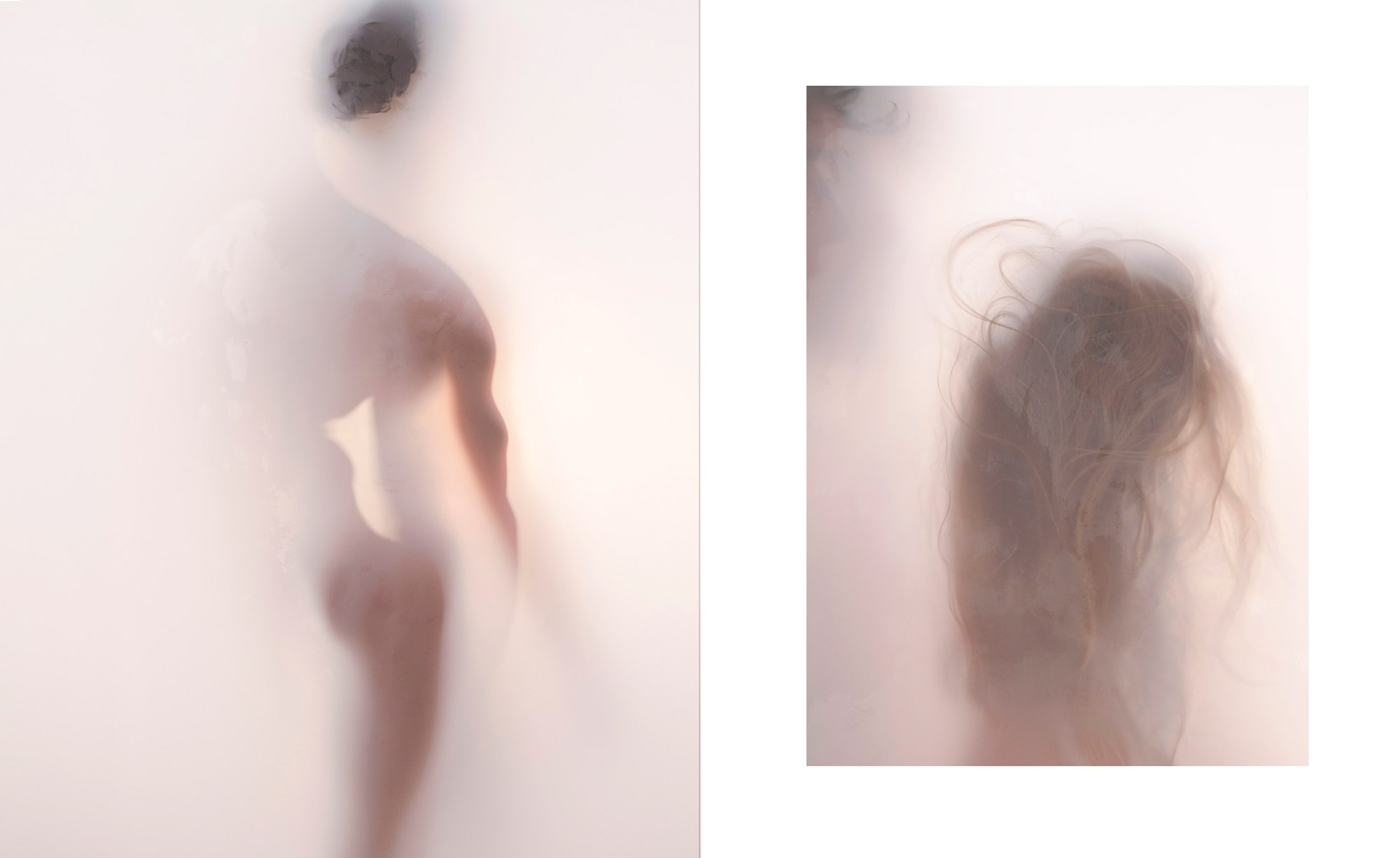
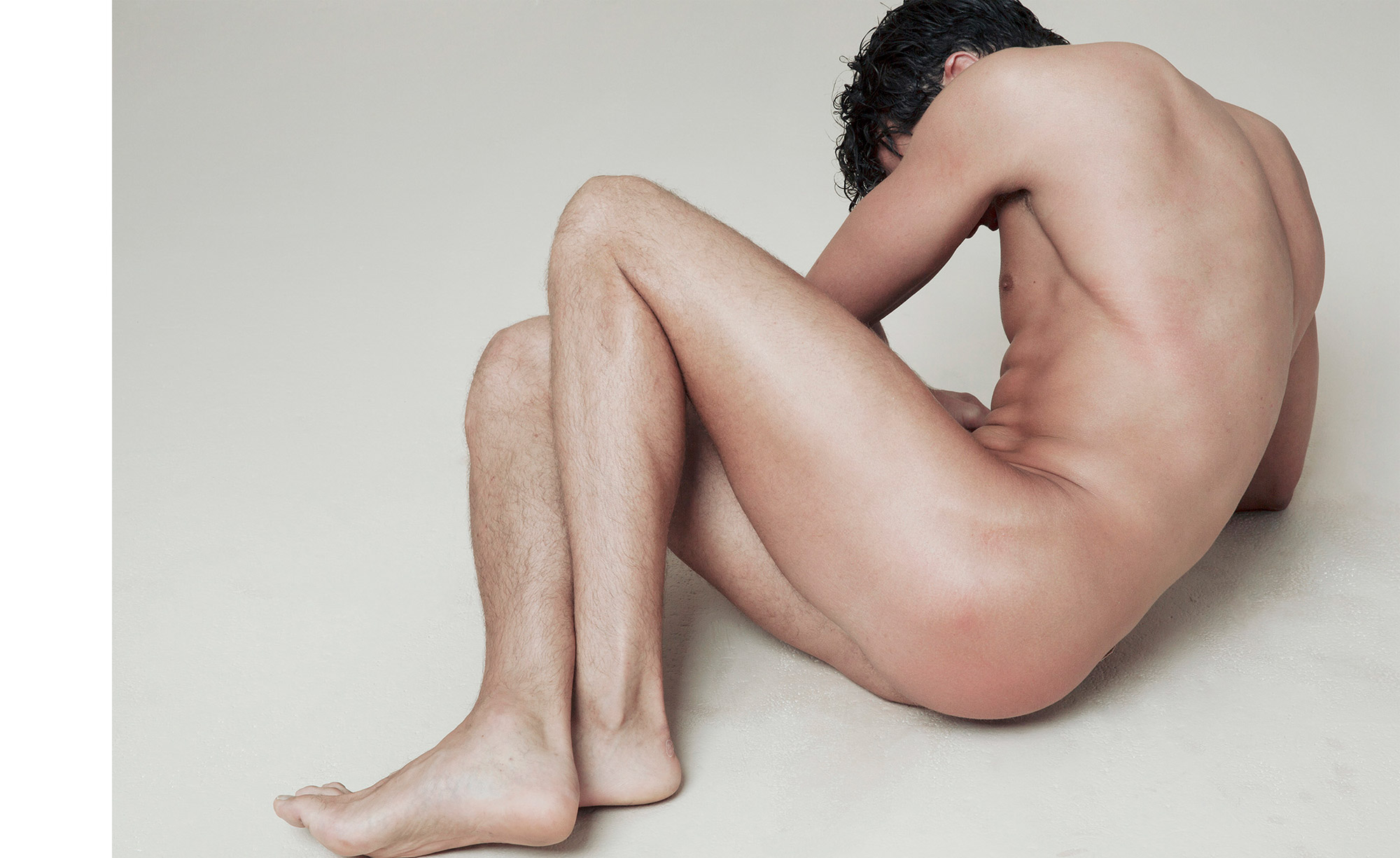

How has your cultural heritage and upbringing in Vietnam influenced your work?
I left Vietnam at age 14, not too young to forget where I came from but also not too old to learn new things. For me, it’s about being able to walk the thin line between Eastern and Western cultures. When I was younger, I was never the one who forgot to do his homework. My parents’ teaching of self-discipline has prepared me for the high-pressure environment where I work today. I have always trained myself in a military manner: when in college, I only had one alarm because in life, sometimes you don’t get a second chance.
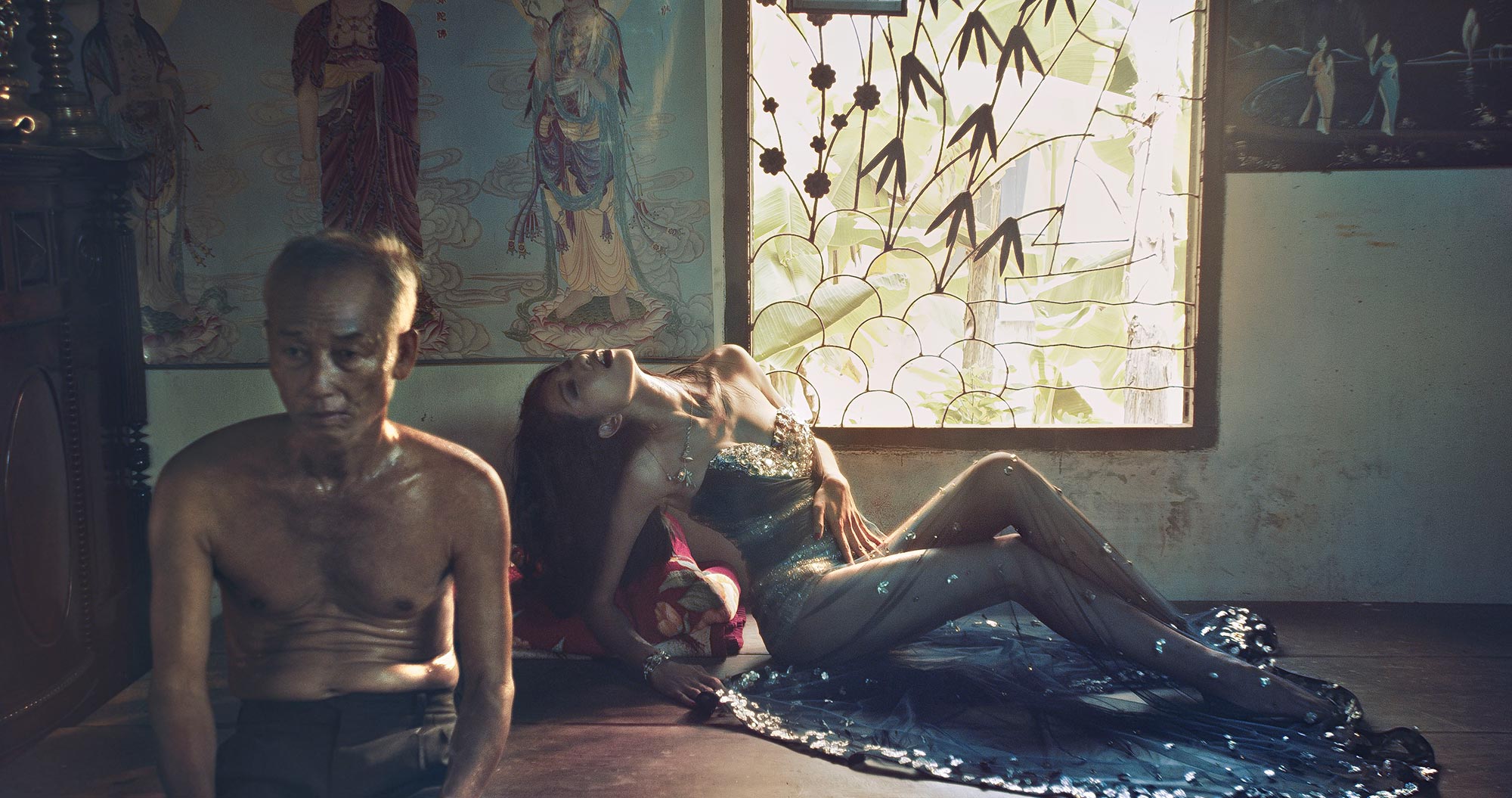
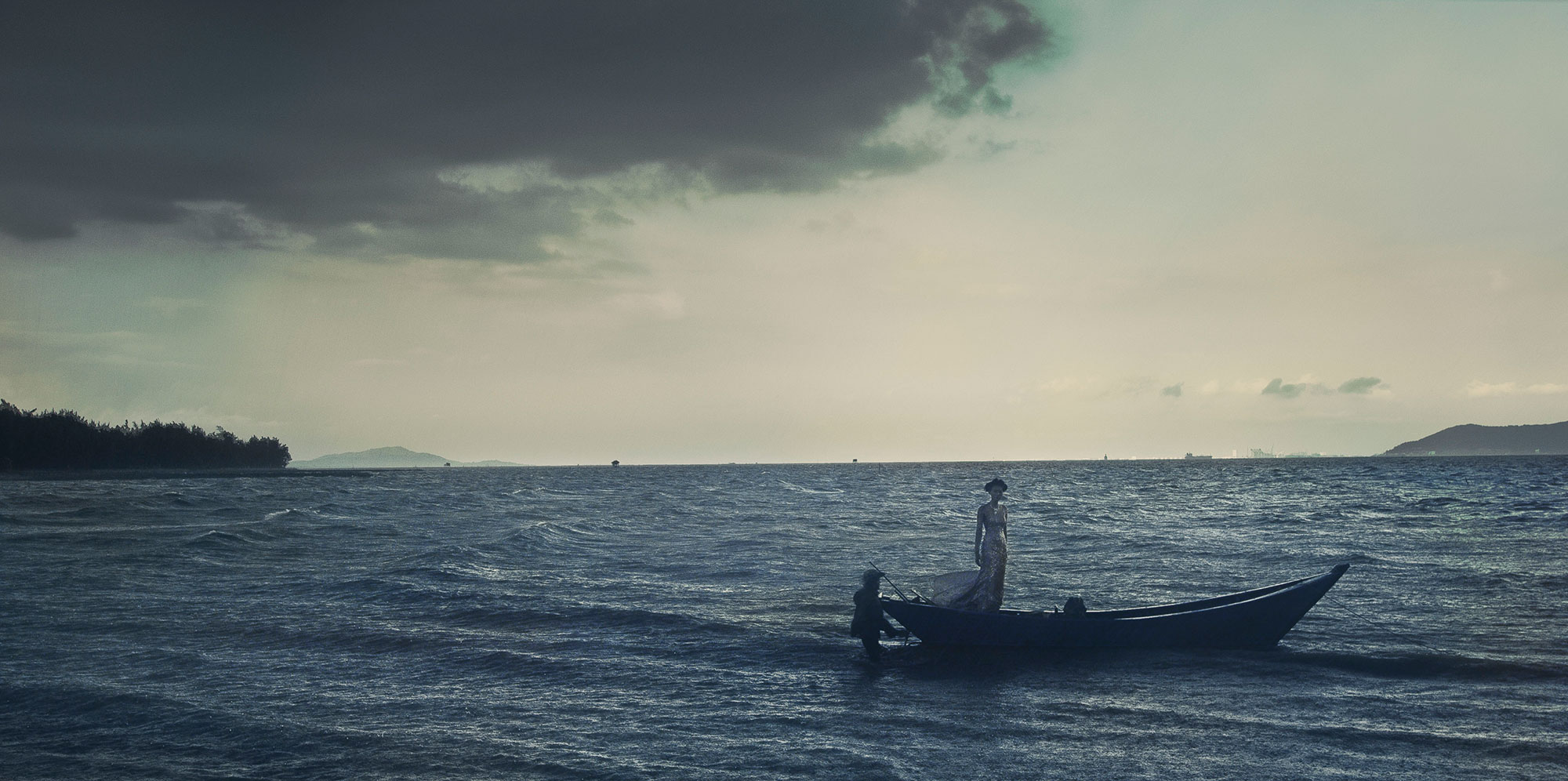
An Le lives and works in New York City but he travels frequently around the world for shoots and good foods. He is the co-founder of NowOpen, an international creative agency for still, film and moving image. An has shot numerous covers and stories for publications such as British GQ, Vogue, W magazine, Paper magazine, Numero Russia, among others. He has collaborated with many fashion brands and shot celebrities such as Mariah Carey, Victoria Beckham, Naomi Campbell, Lupita Nyong’o, Karlie Kloss, John Legend, and more.
Connect with An via Instagram.
